You are here
Pyanj river.
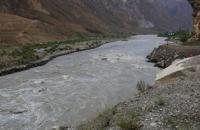
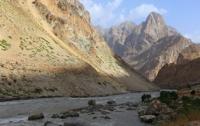
Group tours in Pamir mountains.
“I love this fast river -
How many harmonies have I heard in it,
Heard in her seething song
Voice of Asia, voice of mighty"
Mirzo Tursunzade.
Expeditionary tours across Tajikistan.
“The upper reaches of the Amu Darya are called Pyanj, it is a border river, on the other side of which Afghanistan stretches and the snowy peaks of the Hindu Kush go to sky-high heights. Pyanj - in Tajik means “five”, because it is formed from five rivers ”.
The Pyanj River is one of the main rivers of Tajikistan, the left tributary of the Amu Darya. It is formed in the southwest of the Tajik-Afghan border as a result of the confluence of the Vakhandarya and Pamir rivers.
The mouth of the river is located in the southeastern part of Tajikistan, where it flows into the Amu Darya. The Pyanj River flows in a narrow valley almost along the entire Afghan-Tajik border, except for a small section of the Hamadoni district of the Khatlon region.
Pyanj (five rivers) got its name because it feeds on waters mainly from five rivers - Vakhandarya, Pamir, Bartang, Gunt and Vanch. The first two rivers, as already noted, merge to form the Pyanj, and the other three are its right tributaries.
All of them belong to the rivers of glacier-snow supply, since their sources originate from powerful glaciers. For their greater extent, these rivers flow in deep gorges, are characterized by a large fall, a rapids channel and a stormy, rapid current.
Of the left tributaries of the Pyanj, only the Kokchy river can be noted. Pyanj below Khorog was once called Araikhats, which in Shugnan means “three rivers”, and in its lower reaches it is already “five rivers”, perhaps because on the left there is a large tributary Koksu, flowing from Afghanistan, and on the right - Yakhsu.
On the Hindustan peninsula in the Punjab province, it was also named after five rivers (Penj-Ab): Dzhelam, Chsnab, Ravi, Vias, Satlej, which, merging, form the Panjnad River, the left tributary of the Indus. The Pyanj River, in the upper reaches of the Amu Darya, has a length of 921 kilometers and a basin area of 114,000 square kilometers. In the upper reaches to the village of Ishkashim, the river valley has a width of 1 to 5 kilometers, in some places it is covered with tugai, in some places it is occupied by meadows.
The river bed is wide, often splits into sleeves, the current is calm. Below the village of Ishkashim, Pyanj turns sharply in the north, the river valley narrows greatly, passing in places into gloomy canyons several tens of meters wide.
In such places, the river forms rapids and waterfalls. On leaving the mountains near the village of Chubek, the Panj valley expands, the current speed decreases. The river branching into branches, the Pyanj forms in the lower reaches the swampy island of Urta-Tugai 50 kilometers long and up to 15 kilometers wide, covered with thickets of reeds and reeds.
Ishkashim and Langarsky bridges were built on the river, as well as a highway bridge between Tajikistan and Afghanistan in the region of Nizhniy Pyanj.
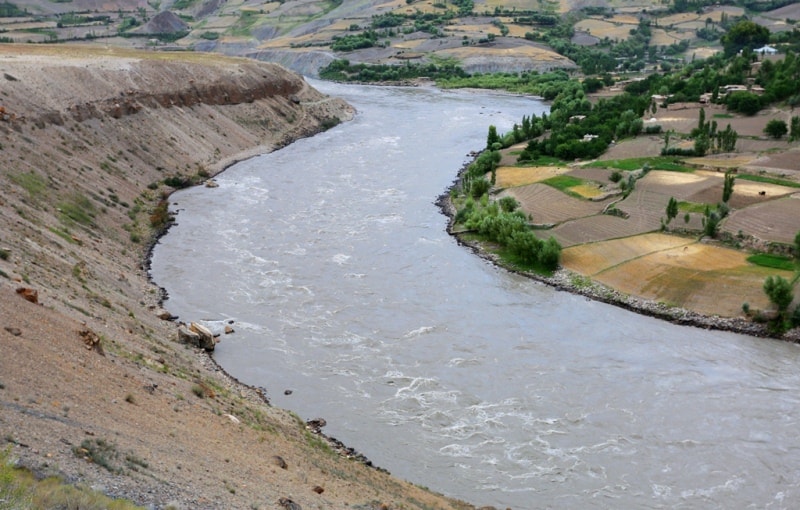
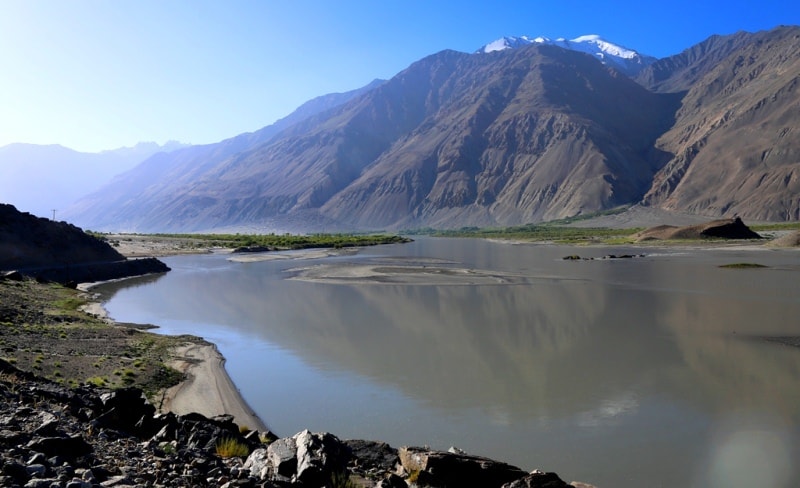
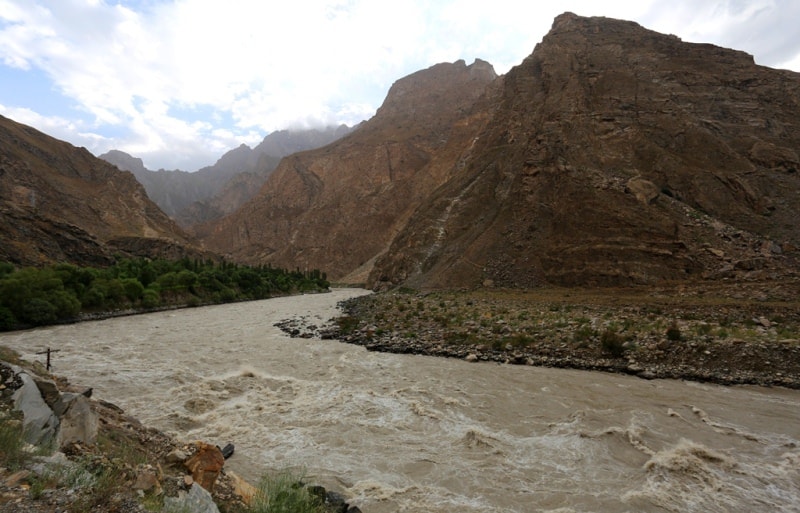
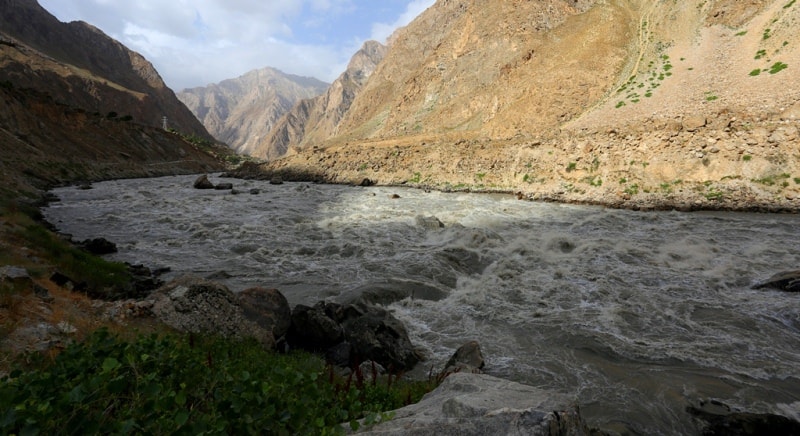
Authority:
wikivisually.com
Photos by
Alexander Petrov.







